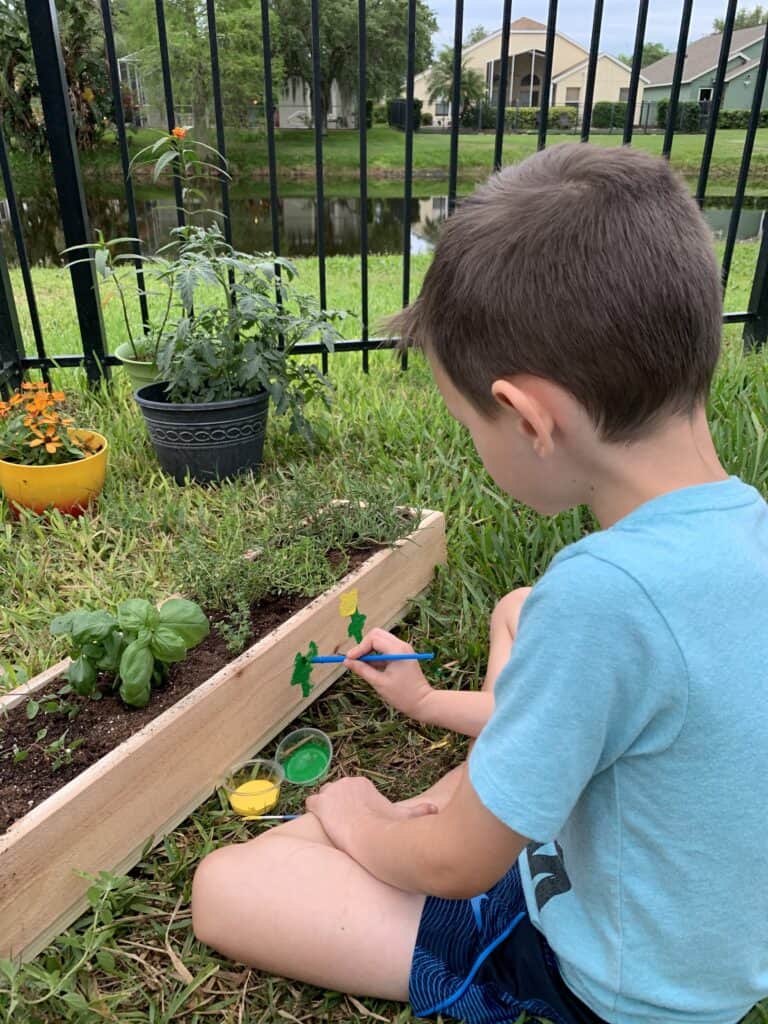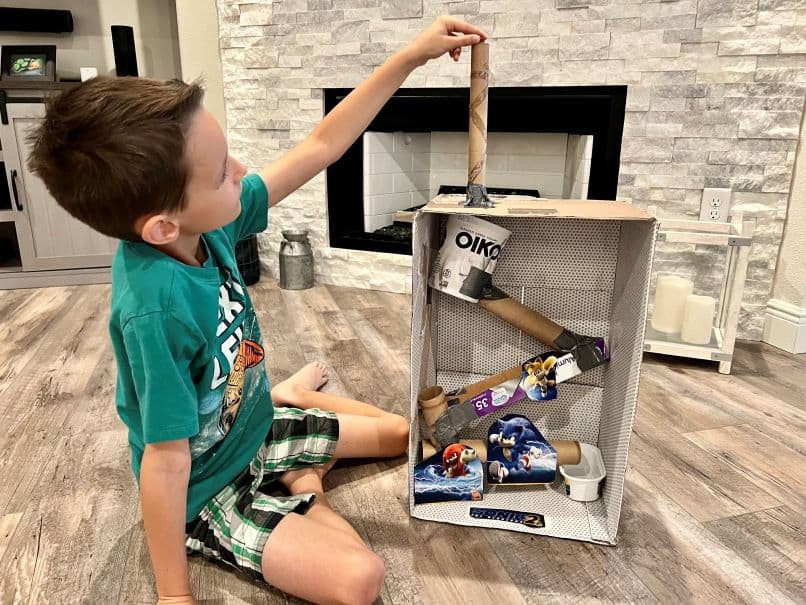Ten Ways Kids Can Help Save the Planet
Today, it’s more important than ever to start teaching kids how to help the environment. Starting with small changes can lead kids to make smarter, more environmentally conscious choices as they get older.
In honor of Earth Day on April 22, we’ve rounded up ten ways that kids can help save the planet. Keep reading to find out how to help keep Mother Earth healthy all year long while also having fun!
How kids can help save the planet
1.Recycle and repurpose
Recycling is one of the easiest ways to start teaching little ones how to help the environment. Assign them the special task of being in charge of filling up the recycling bin at home or make it fun by setting up a special “recycling center” to sort items. Kids can also have fun with recyclable items by creating them into art projects, games, and toys. Repurposing items such as jars, boxes, and containers to hold school and art supplies, game pieces, and other loose items is also a great way to show them how to recycle something used into something new.
2. Create a compost
Creating a compost is perfect for kids of any age! Composting is a natural process of decomposition that turns natural items into soil – and it’s easy to do! All you need is a large bin to start collecting natural items such as fruit and vegetable scraps, eggshells, cardboard, and dried leaves. After the compost turns to soil (about 3-12 months), mix it into garden soil for added nutrients to houseplants, lawn, flowers, plants and more!
New to composting? Follow these steps to set up your own!
- Get a garbage can or bin that's around 3 feet tall and 3 feet wide. Drill 20-30 holes in bin around the lid, bottom, and sides.
- Choose your location! Choose a non-paved site with lots of sunlight and drainage.
- Layer the bottom with “starter items” such as leaves, paper, or cardboard (carbon materials).
- Start collecting compostable materials and add to the bin. After each layer, it's good to top with a layer of carbon materials to combat smells.
- Make sure to water each layer!
- Once the bin gets full, mix and turn the compost about every 7 days. The more you turn, the faster it breaks down!
- After 3-12 months, your compost will be healthy and ready to use! Finished compost can be used for flower beds and house plants. It can be mixed into gardening soil and sprinkled on the lawn to keep it healthy.
Keep in mind, not just an old item can be composted. Here's what can and can't be composted:
DO: food scraps, fruits (no citrus) vegetables (no onions), eggshells, grass, plants, flowers, shredded paper and newspaper, cardboard (not plastic coated), dried leaves, paper towels and napkins, coffee grounds, meat bones.
DON'T: meat, oils, fats and grease, dairy, citrus, onions, animal waste, diseased plants, seafood waste.
3. Turn off the lights!
How many times have your kids forgotten to turn off their electronics or left their bedroom lights on? Teach them to help the planet with the flip of a switch! Turning off the lights and other devices can be easy to forget but can also be a very easy habit to break. Put fun stickers on switches to remind them to turn them off or motivate them with incentives like chore money or rewards to encourage energy-saving habits.
4. Donate items and get thrifty
Kids’ toys and clothes can pile up quickly and it’s not long before they grow out of them. Encourage kids to donate toys they don’t want or re-sell them if they’re trying to earn a little extra cash. Many neighborhoods have Facebook pages for swapping and shopping items. They can also get motivated by getting friends involved and setting up a toy or clothing drive.
5. Grow a garden
Growing a garden is a great way to teach kids responsibility and appreciate where their food comes from. You can start from scratch by planting seeds however, buying already-grown plants may better for beginners and may be more visually appealing to little ones instead of waiting for seeds to sprout. Take them with you to a local nursery to choose which herb, fruit, and veggie plants they want to plant. You can make it even more fun by having them design their own planter to plant them in!
It also teaches kids responsibility by maintaining and watering the plants and gives them a sense of satisfaction and pride to eat what they’ve grown! Bonus – use the soil created from your compost!

6. Care for critters and insects
The sight of a creepy crawly insect may be scary to some kids, but they actually play a vital role in our ecosystem. That bee buzzing around is one of the most important pollinators on the planet. Without them, most plants wouldn’t be able to produce the food we eat. And those little ladybugs that land on your shoulder eat aphids, which are little pests that can invade plants.
7. Volunteer for beach and park cleanups
Many beaches and parks will host weekend cleanups for all ages to participate in – or organize your own! It’s a good way to teach kids to respect our environment and encourage them not to litter. As a bonus, pack a picnic and enjoy the day building sandcastles or swinging on the swings after their hard work is done!
8. Upcycle paper
Got a little artist who loves to create? Instead of throwing out flyers or papers that come home from school, have your kids re-use them to create art projects or flip them over to use for drawing if there’s a blank side. It’ll save paper and save you the trip of going to the store to buy more.
9. Put your sneakers and bicycles to use
Pedal your bikes instead of putting your pedal to the metal. Depending on where you live and if it’s safe to do, walking or biking to and from places instead of driving can help cut down on gas usage. It’s also great exercise and promotes healthy habits too!
10. Explore nature!
Get away from screens and get outside to explore everything that Mother Nature has to offer. Go for a hike, catch (and release) butterflies and bugs, or go on a nature scavenger hunt. Spending time in nature and learning about our earth and everything it has to offer is an excellent way to teach kids to appreciate our planet.
Related articles we think you'll love:
10 Fun Crafts to Make from Recycled Materials in Honor of Earth Day!


